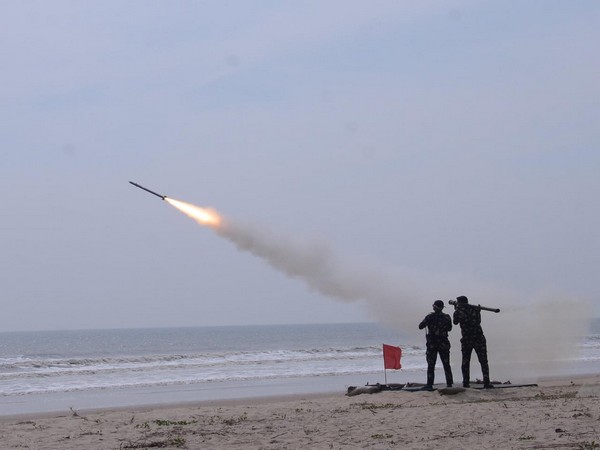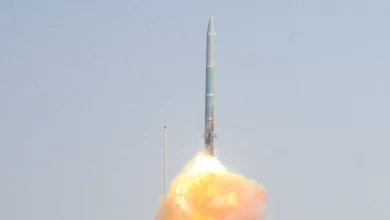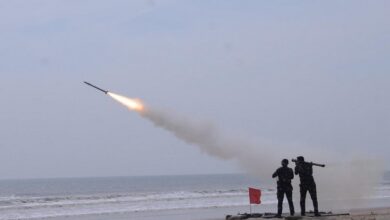India fourth-largest military spender, overall global spending accelerates: SIPRI report
America spent a whopping $916 bn, accounting for 37 percent of the total global expenditure. Russia, India & Saudi Arabia occupy next three spots.

Global military spending increased at its fastest rate in more than a decade to a record $2,443 billion in 2023, with India remaining the world’s fourth largest defense spender after the United States, China, and Russia.
India, of course, does not get the best value for its money. The country’s military modernization remains hampered by the massive salary and pension bills of its 1.4 million armed forces, a weak defense-industrial base, and a lack of concrete long-term plans to systematically build military capabilities with proper inter-Service prioritization.
China, on the other hand, is rapidly modernizing its 2-million military throughout the conventional domains of land, air, and sea, as well as nuclear, space, and cyber, with its “officially declared” military expenditure increasing for the 29th year in a row, over four times that of India.
Though China’s army spending is primarily aimed at preventing US-led intervention in Taiwan, the South and East China Seas, Beijing continues to flex its muscles along the 3,488-kilometer Line of Actual Control with India, refusing to de-escalate tensions while steadily increasing naval presence in the Indian Ocean region.
According to the most recent data issued by the Stockholm International Peace Research Institute (SIPRI) on Monday, total worldwide military expenditure climbed by 6.8% in real terms in 2023.
The top ten military spenders were the US ($916 billion), China ($296 billion), Russia ($109 billion), India ($84 billion), Saudi Arabia ($76 billion), the United Kingdom ($75 billion), Germany ($67 billion), Ukraine ($65 billion), France ($61 billion), and Japan ($50 billion). Pakistan was placed 30th, with $8.5 billion.
According to SIPRI, this is the first time since 2009 that military expenditures have increased in all five geographical regions: the Americas, Europe, the Middle East, Africa, and Asia-Oceania.
“The unprecedented rise in military spending is a direct response to the global deterioration in peace and security. States are prioritizing military strength, but they risk an action-reaction spiral in the increasingly volatile geopolitical and security landscape,” said SIPRI senior researcher Nan Tian.
The Indian armed forces, for their part, continue to face significant operational deficiencies in a number of sectors, including fighters, submarines, and helicopters, as well as modern infantry weapons, anti-tank guided missiles, and night-fighting capabilities.
The Rs 6.2 lakh crore defence budget for 2024-25, for example, only allocated 28% on military modernization. When the massive Rs 1.4 lakh crore pension budget for the 32 lakh ex-servicemen and retired defence civilians is taken into account, the defence outlay amounts to only 1.9% of the projected GDP. It falls to less than 1.5% when the pension bill is eliminated. At least 2.5% is required to dissuade the collusive threat from China and Pakistan.
The lengthy delay in establishing unified theater commands means that the country still lacks an integrated and cost-effective warfighting machinery. While China has the Western Theatre Command to oversee the whole LAC, India has up to four Army and three IAF commands for its northern borders.
You might also be interested in –Chinese military’s biggest shake up in 9 years, adds info, cyber and space units



